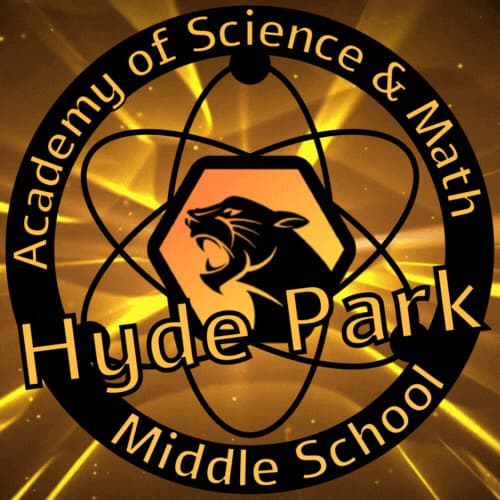Mask 3D Paper Mache
- What
- Mask 3D Paper Mache
- When
- 2/22/2018, 2:00 PM – 3:00 PM
Teacher: Paola Piazzi Date(s): ____________Subject/Content Area: 6-7-8th Grade Art
Paper Mache Mask
Lesson Learning Objective(s):
Direct Instruction Vocabulary:
- Analyze work, define sculpture and non-objective art. (Show-Me Standards 2.3, 2.4), (Fine Arts 2,3).
- Produce at least 1 sketch of ideas for their paper mache sculptures. (Show-Me Standard 2.5), (Fine Arts 1).
- Produce an paper mache sculpture using molds, paper mache, poster board, paint, and wire. (Show-Me Standard 2.5), (Fine Arts 1).
- Evaluate the differences (classroom critique). (Fine Art 5).
DI- Positive space, Negative space, Three dimensional
PI- Balance, Texture, Form, Abstract, Non objective, Mask Sculpture in the round
List or describe the main Essential Nine or other instructional strategy for this lesson :
Reinforcing and providing recognition- This project is pretty open in the final project from student to student. So what the teacher does is set a goal for a final outcome, and let the student explore ideas on how they can individually get there. Throughout this time the teacher as well as peers give positive feedback to others to help them through the process of the three dimensional Mask sculpture.
Briefly describe the main Instructional Strategies and Student Activities:
Materials:
Molds
Newspaper
Paper Mache paste
Paint
Wire
Brushes
Poster board
Yarn and other added materials
1. This project starts with two projects that cover all material needed to be successful. One project is designed for those who are behind and can be done in order to catch up. The other is a more in depth view of material, but the end product is usually more wanted, so what I have found is that most students pick the harder project to get the better result.
2. Both projects start with a demo by the teacher on how to use the molds and how to cleanly use the paper mache. This step is very important if you do not want to have a huge mess at the end of class to clean up.
3. The students then work on the paper mache part of the mold mask until it is complete. Once the molds have dried the students then add on to their projects using poster board to increase the effect of positive and negative space. Once the teacher has verified completion of this step the students are allowed to paint on their sculptures. This step needs no demo because the students first project covered the use of brushes and paint effectively. The final step is touch up of any uneven or off balance surfaces on the three dimensional sculptures.
4. The students then take a common assessment over the entire process.
1. Lecture 2. Demo 3. Guided practice 4. Assessment
Resources:
Paper mache books, Posters on wall, Teacher led examples, Student led examples, PowerPoint demo, Videos demo, real masks examples.
How will students be assessed on the above objective(s)?
Formative: Students will use knowledge of sculpture and paper mache process to create a three dimensional sculpture paying attention to positive and negative space.
The students mask sculptures will be graded using a formal rubric.
Summative: Students will be assessed over sculpture process using common assessment.
Self- Assessment and Reflection ( label it : ART- Paper Mache)
Project: Paper Mache Sculpture NAME OF YOUR MASK __________________________________
Your name, grade and A or B day in art
Directions:
Take a picture of your project and post it on your blog, along with your answers to the questions below.
1. Describe what you made. Why did you choose to create this particular thing?
2. Who did you work with on this project?
3. How much experience do you have using paper Mache to sculpt?
4. What was the best part of doing this project and what was the worst?
5. Will you ever try paper Mache again?
6. Did you gain some skills or learn new ways to build something.
7 Do you feel there was too little, too much or just the right amount of instructions, demonstrations or guidelines?
8. What could your teacher have done to improve this experience for you?
9. When you look at all the projects in the room, do you think your project is about average, or above or below average in quality, complexity, creativity?
10. Considering the amount of time and effort you spent making your project, what grade do you think you deserve?
